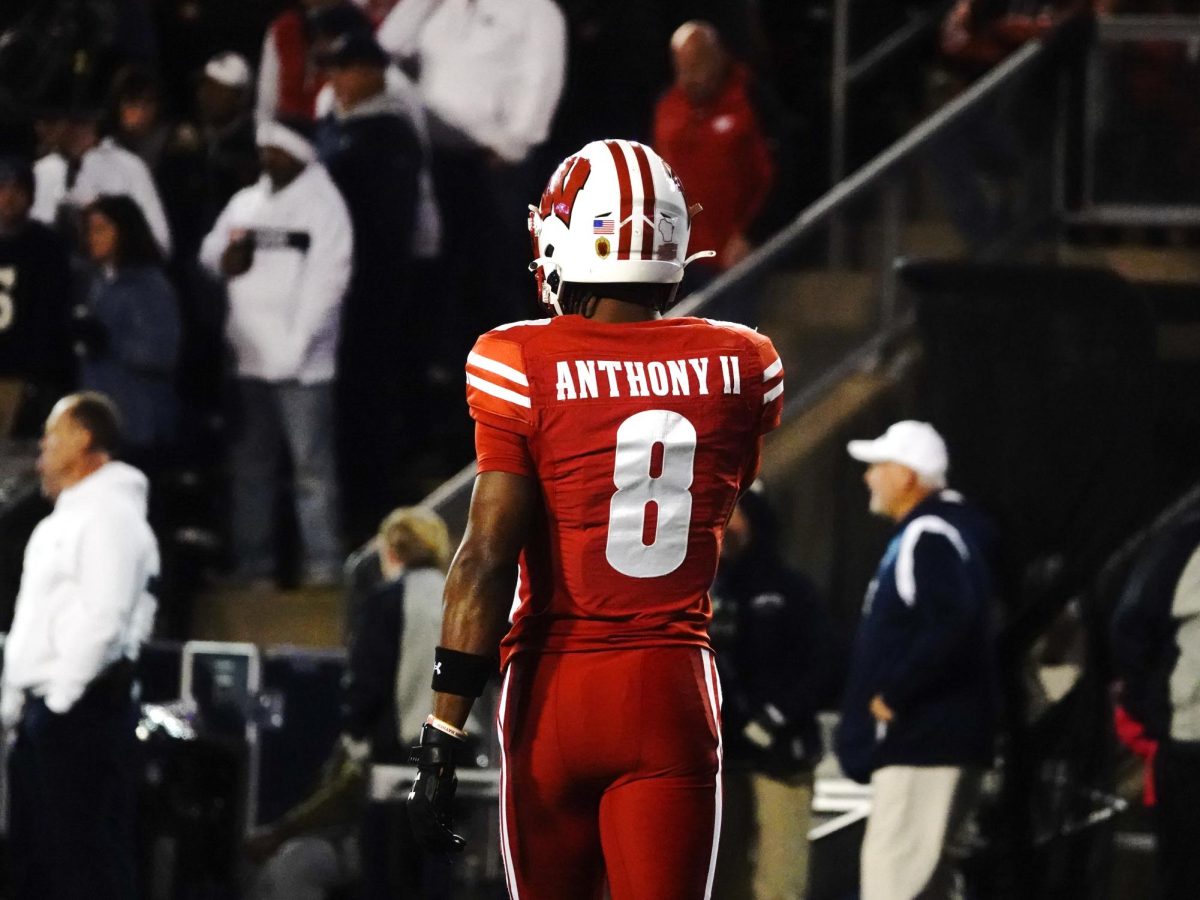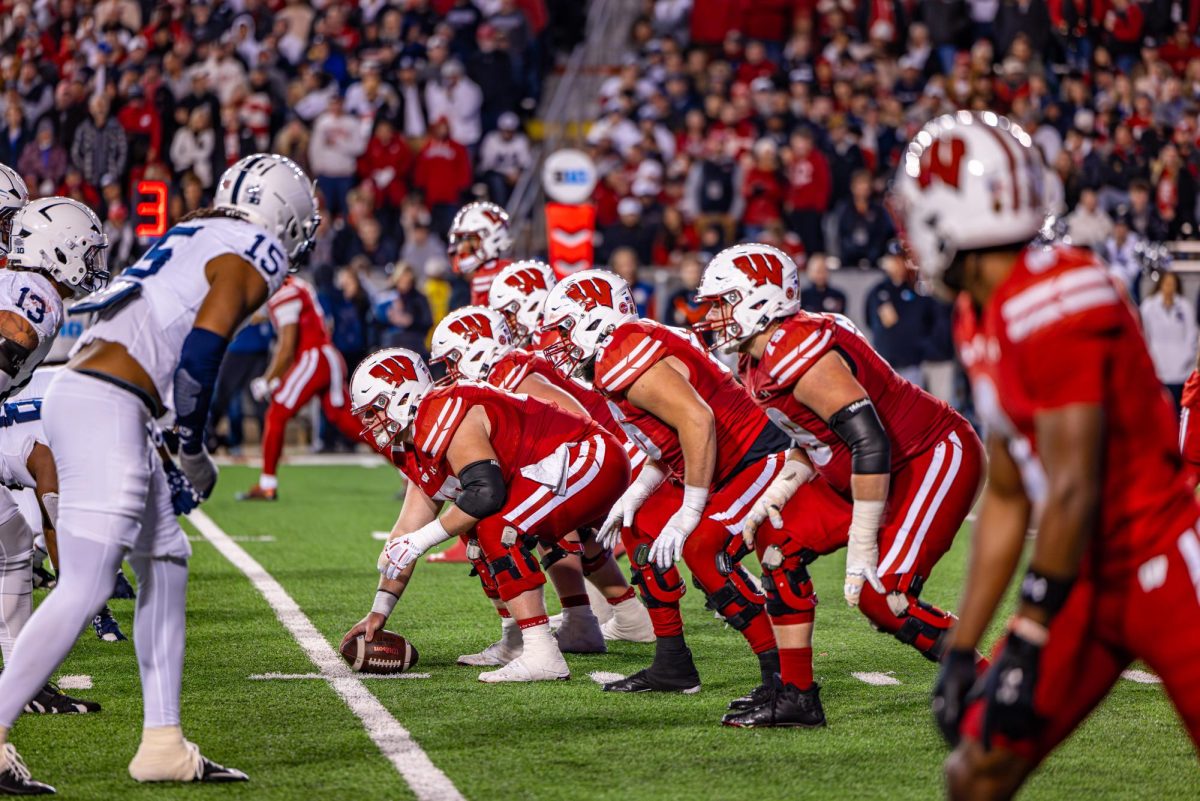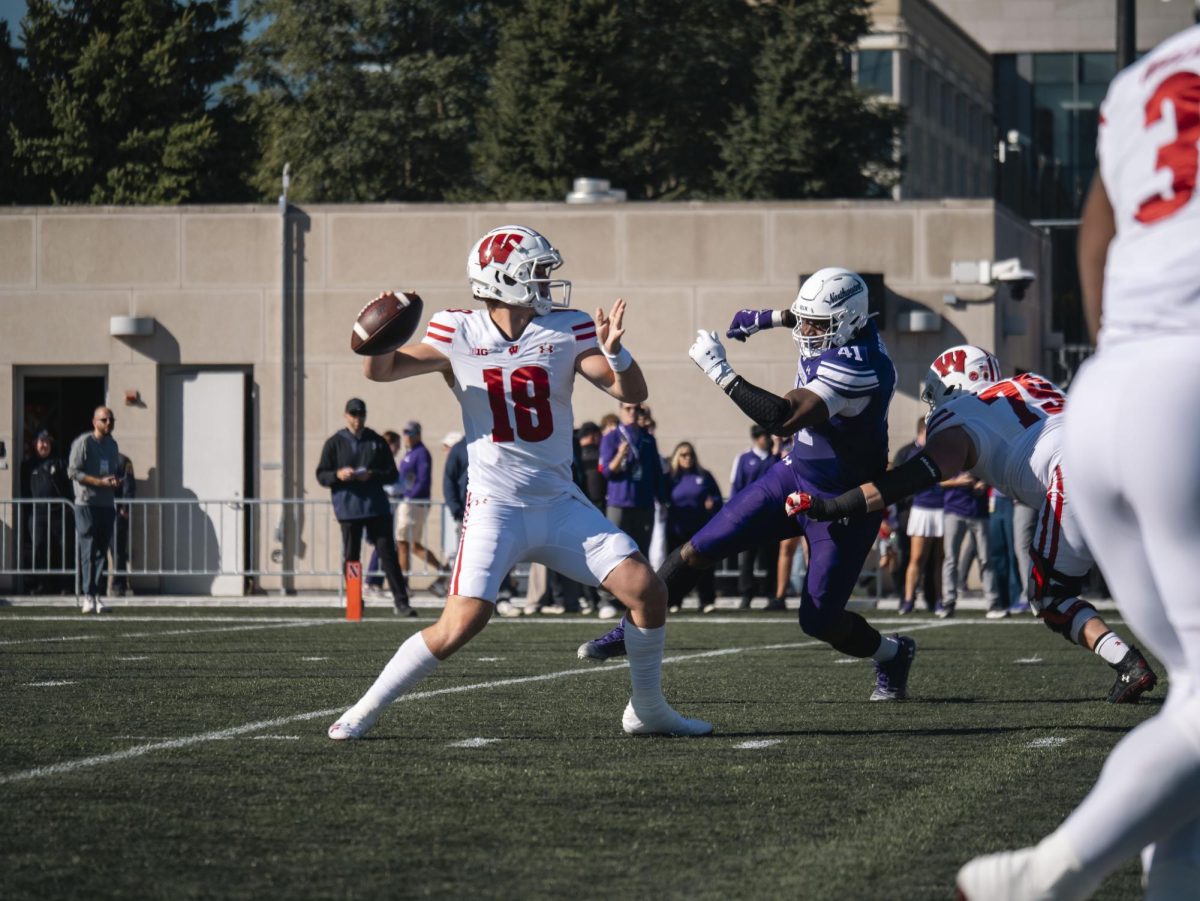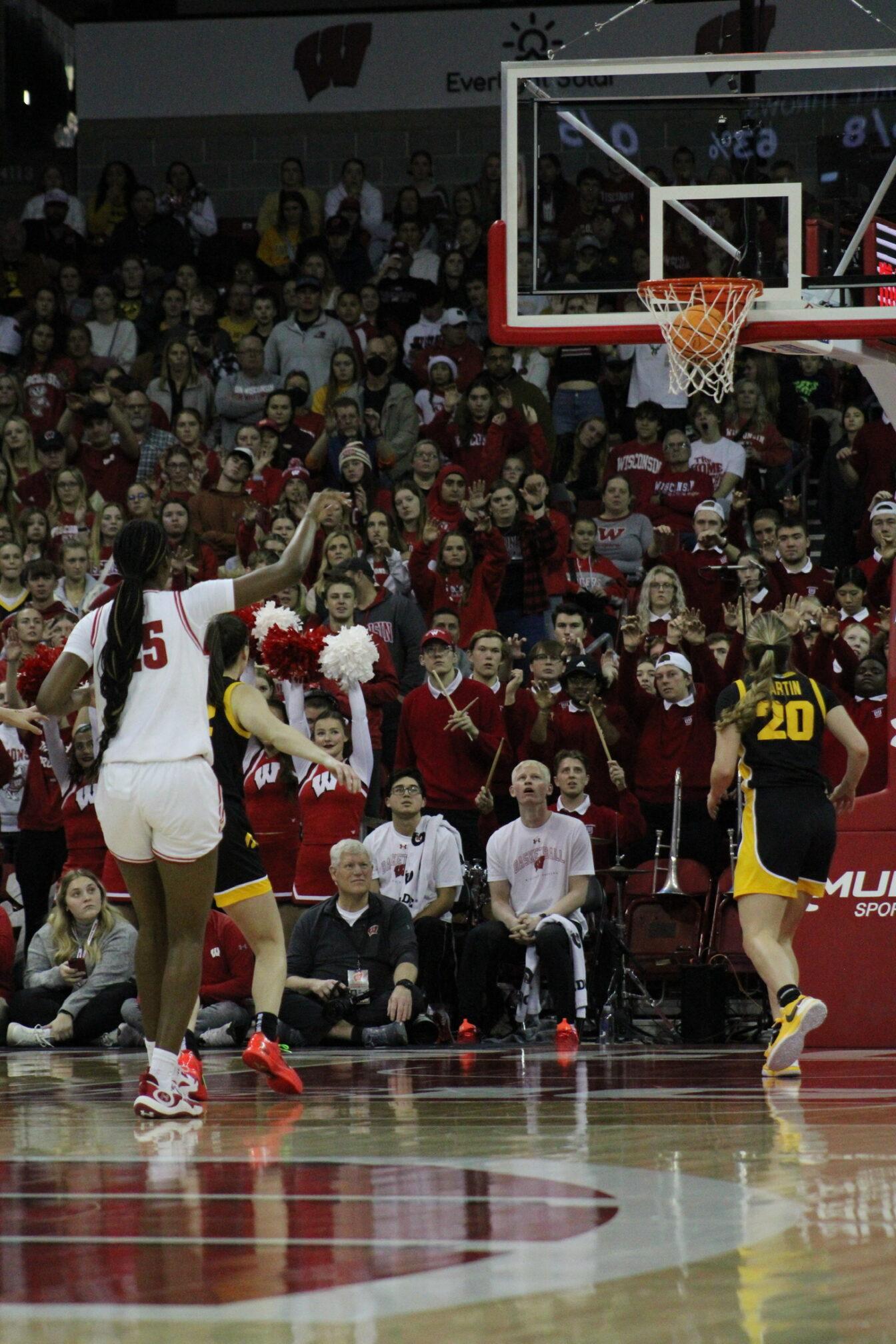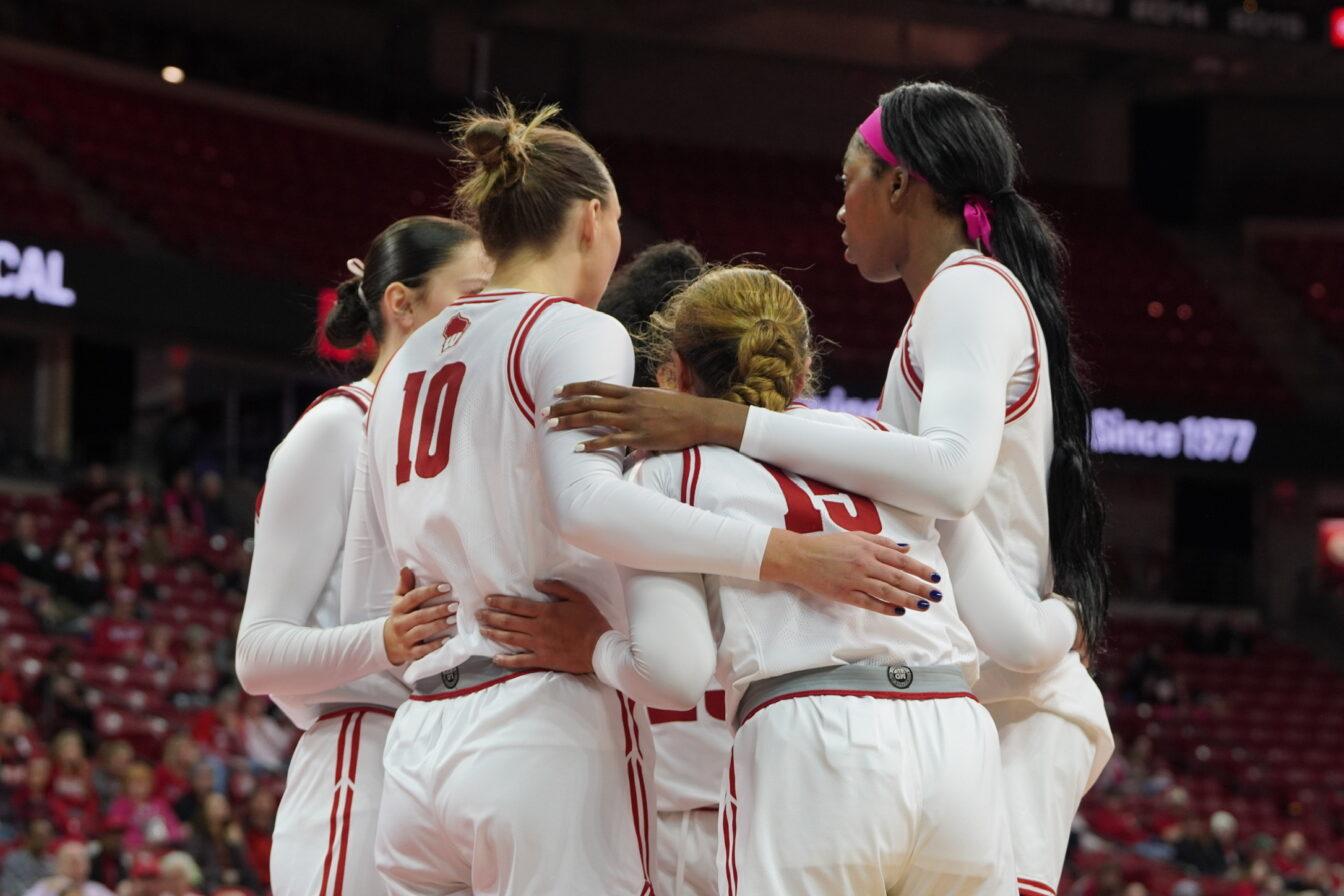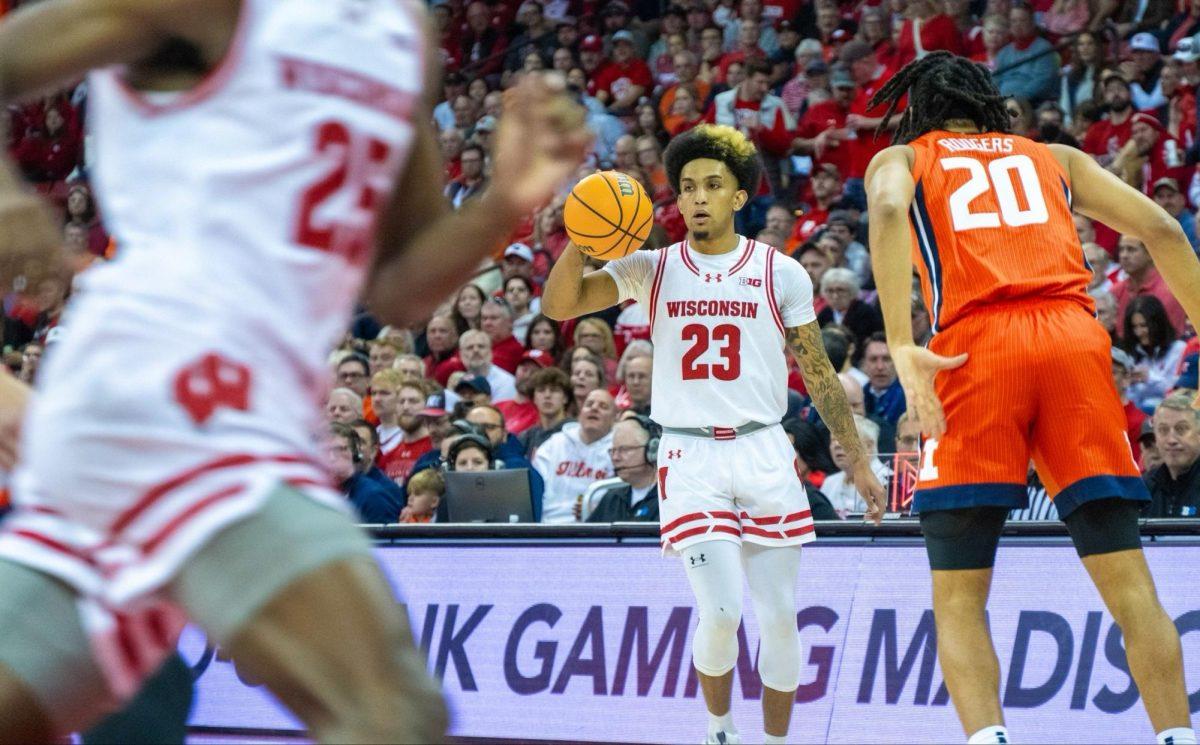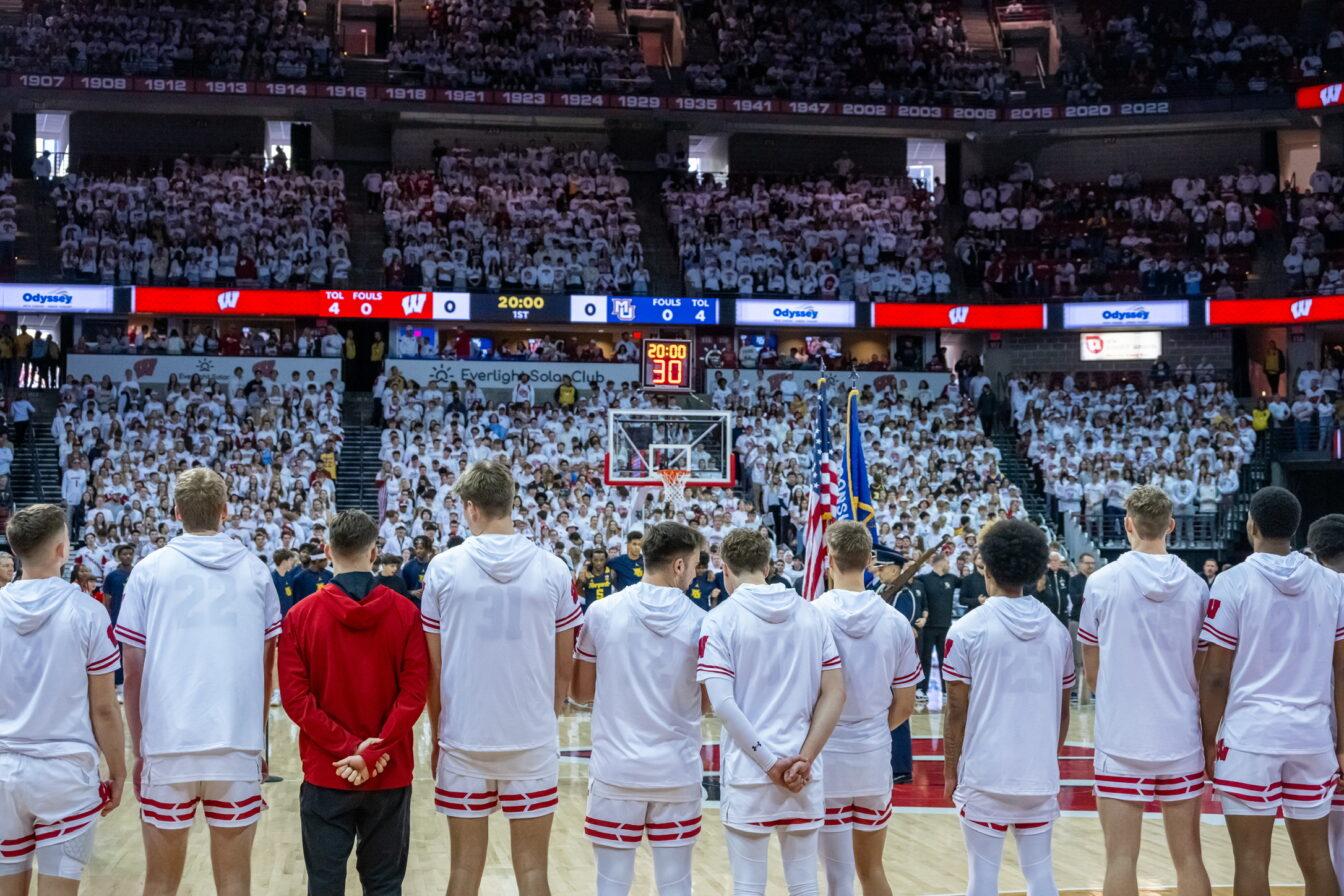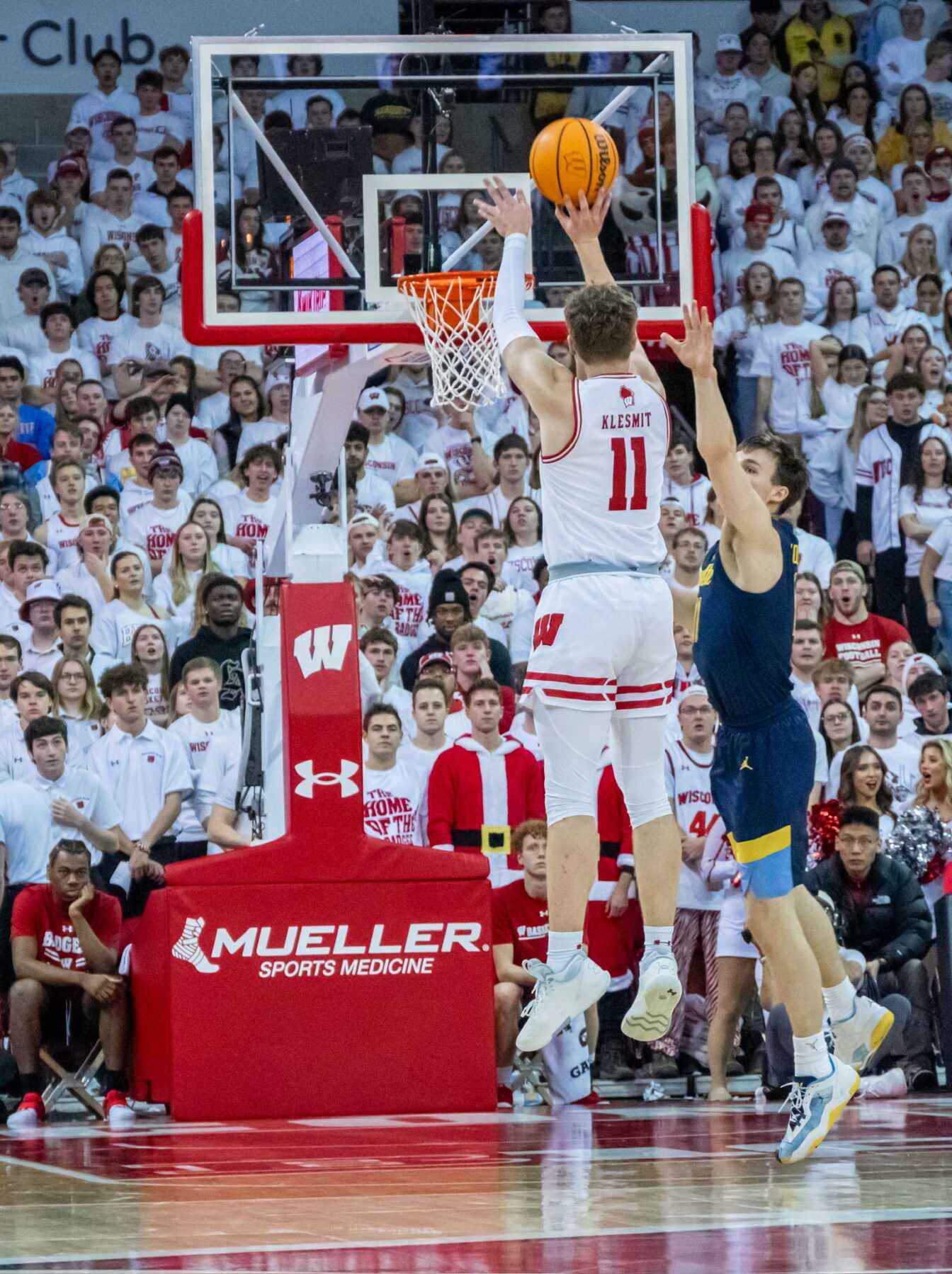
LOS ANGELES – New Year’s Eve comes as a time of reflection for many individuals on the stories, accomplishments and struggles that have defined their previous 365 days.
For this Wisconsin football program and everyone associated with it, perhaps the greatest focus of any day on the calender should be on Sep. 9, 2012 as the most important date of the athletic year.
Yes, Bart Miller’s hiring was that important.
Just a day earlier the team suffered a 10-7 loss at the hands of Oregon State, amassing an strikingly mediocre 35 total yards on the ground on 23 carries. It was clear that production and execution typical in recent seasons on the offensive line had taken a severe downward turn, as the loss to the Beavers served as the emphatic wake-up call that the Badgers were in more trouble than it first seemed.
The problem? The offensive line never truly adapted to former head coach Bret Bielema’s replacement hire in the wake of longtime O-line coach Bob Bostad leaving Wisconsin after the 2012 Rose Bowl. Mike Markuson had an impressive resume, but Bielema made a mistake by assuming the offensive line would adapt within a few months to the new coach’s zone-step scheme and abandon the entrenched teaching of Bostad’s downhill blocking.
“Once you’ve had something pounded into your head so long to where you only believe one thing, it’s tough to tell somebody any different,” redshirt junior guard Ryan Groy said. “If you believe in something and somebody comes up and tells you ‘You’re going to do this because that’s wrong’ it’s like ‘No, I’ve had success doing this, why would I change it to something else?'”
After the intense struggles of the line just two games into the season, Markuson was out and Miller was in, elevated from his role as offensive quality control coordinator to the head of one of the most important positional groups at Wisconsin.
The results weren’t always pretty this year for the offensive line under Miller, but then again, neither was UW’s season. Just like Wisconsin’s 2012 campaign, there were highlights and lowlights of Miller’s first – and potentially only – year at the helm of the offensive line.
There were the games like Nebraska (56 total rushing yards) and Michigan State (19) where Wisconsin seemingly took a step back as a unit up front. But there were also the moments where the group looked like what had been expected all season, especially in the team’s resounding 70-31 thrashing of Nebraska in the Big Ten championship game, mostly thanks to 539 yards on the ground.
But what exactly made Miller the ideal candidate to turn around a group midseason?
Offensive linemen like Groy and redshirt junior center Travis Frederick point to the fact that their positional coach is just 27 years old and played their position, giving him a freshness with the game – Miller played offensive line for New Mexico, his final year on the field coming in 2007 – and a familiarity with the position in their eyes.
“He’s younger than any of the other coaches I’ve had which makes for better relations,” Frederick said. “He has a better idea of what we’re doing and isn’t necessarily an old school kind of guy. He has a lot of the old-school principles but he knows what it’s like playing in today’s game, so he scales some things back or moves some things better.”
“I think it’s a tremendous asset to coach the position I’ve played,” Miller said. “You understand elements of the game that maybe a guy that didn’t play doesn’t know. You can say what you want about what’s in the playbook, but there’s a realistic aspect of it on the field, what can you do, what can’t you do and angles and all that stuff.
“Another thing too is I’m not that far removed, I’m a young position coach and 10 years ago I was in their seat. You get a little bit more of that relation to them as opposed to some guy who hasn’t played in 25 years when the game has changed.”
The respect factor also made Miller the easy selection to take over after Bielema fired Markuson.
“I think he just understands us, he’s not the kind of guy who tells you what to do,” Groy said. “He bounces ideas off of you and we work off each other and try to figure out what’s best for us. He’s not always telling us what to do and demanding respect, he’s earned our respect and I think that makes the difference.”
While Miller’s future with the team is up for grabs right now with new head coach Gary Andersen reportedly bringing in his own offensive line coach for next season, the young assistant can take pride in the results he produced, one that will surely make him an attractive candidate around college football if he doesn’t remain at Wisconsin.
Here are the numbers that define Miller’s short 11-game coaching tenure with the Badgers’ offensive line.
1) 262.55 – the amount of rushing yards UW has averaged per game under Miller, which would currently rank as the eighth highest total in the nation rather than 11th (the Badgers ranking for the entire year).
2) 3 – the number of all-conference selections on the offensive line in 2012, with three first-team members between the media and coaches’ selections
3) 4 – the number of times Wisconsin rushed for over 300 yards with Miller as the O-line coach
There aren’t many coaches who have taken over their job midseason and had the success Miller experienced, a fact that speaks to the work ethic, intelligence and drive of the assistant coach. He was able to turn around a group who had abandoned their old ways and found a way to bridge them back gradually to the techniques that had brought them success. And for that, Miller is Wisconsin’s MVP – most valuable personnel.
It’s an idea his own players share as well. It’s probably one of the reasons Groy offered this prediction about the future of his mentor: “He’ll have a long coaching career.”


